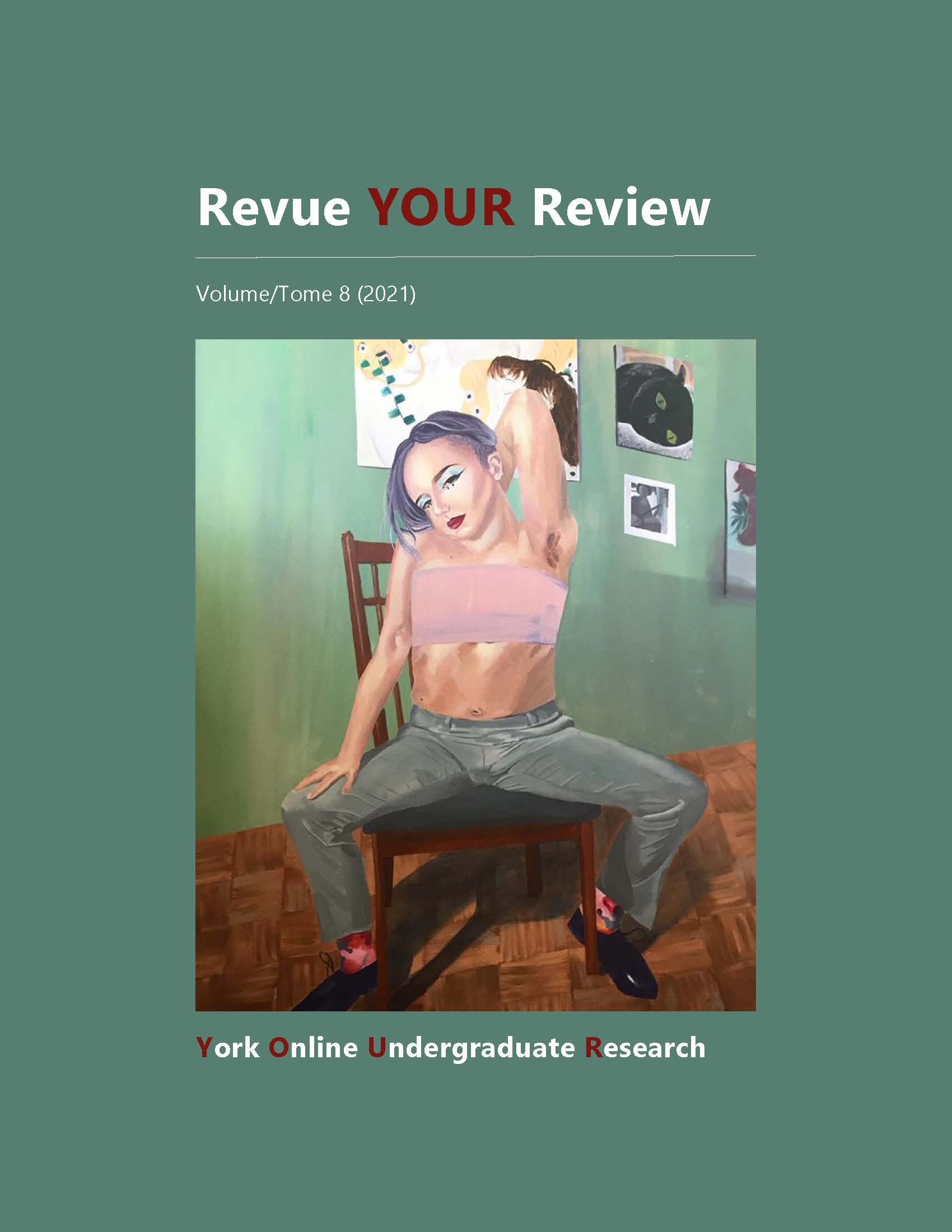Performing Indigenous nationhood: The use of embodied knowledge in resistance and resurgence
Abstract
In a settler colonial dominated society, Indigenous people’s embodied potential for resistance to erasure and the resurgence (revitalization) of their nations lie in their world views. It is imperative to understand that (1) Indigeneity is a way of life that is active, lived, and relational, endlessly signified through Indigenous place-based ecological philosophies, (2) these worldviews are incompatible with a Eurocentric capitalist worldview, and (3) as such, these worldviews have been disparagingly portrayed as primitive and targeted for erasure. This essay centralizes the Indigenous body as a source of agency (capacity to act) and argues that gestural vocabulary, as embodied archives of Indigenous Knowledge, are political tools of resistance and resurgence as they counter colonial portrayals of Indigenous peoples, repatriate ancestral Indigenous Knowledge to the present, and (re)assert relationality to place. The first part of this exploration establishes the centrality of embodiment to Indigenous worldviews and provides examples to demonstrate how performance is used as a method of teaching and of realizing spiritual, social, legal, and political obligations. The second part focuses on the imperative of recentering ancestral knowledges in one’s Indigenous being in order to be politically resistant and resurgent. Finally, through Martineau and Ritskes’ use of “decolonial aesthetics,” three examples of contemporary Indigenous performers—Sam Mitchell, Neil Morris, a.k.a DRMNGNOW, and sister duo Piqsiq—are analyzed to illustrate how performance is used as a way to re-ancestralize the present, assert Indigenous political difference, and envision possibilities of Indigenous futurities outside the confines of the settler state.
Downloads
Published
How to Cite
Issue
Section
License
LicenseAuthors contributing to Revue YOUR Review agree to release their articles under one of three Creative Commons licenses: Creative Commons Attribution 4.0 International; Creative Commons Attribution-NonCommercial 4.0 International; or Creative Commons Attribution-NoDerivatives 4.0 International. All editorial content, posters, and abstracts on this site are licensed under Creative Commons Attribution-NoDerivatives 4.0 International. For further information about each license, see:
https://creativecommons.org/licenses/
In all cases, authors retain copyright of their work and grant the e-journal right of first publication. Authors are able to enter into other contractual arrangements for the non-exclusive distribution of the e-journal's published version of the article (e.g., post it to an institutional repository or publish it in a book or in another journal), with an acknowledgement of its initial publication in this e-journal.


